What is a 'stellar engine' that can travel through space with the solar system using the sun as fuel?

How to Escape a Super Nova: Stellar Engines-YouTube
There is nothing static in outer space. For example, billions of stars orbit in the Milky Way galaxy where the earth exists.

In the case of the sun illuminating the earth, it orbits at a distance of 30,000 light-years from the center of the Milky Way Galaxy, and its cycle is about 230 million years.

In such a space, we do not know when and which stars will be

One of the answers is a 'stellar engine' that can move the solar system itself. The stellar engine is an advanced technology that cannot be realized at the level of existing civilizations, and it can be called 'future technology millions of years from now.' Still, when humans detect a supernova explosion around the Milky Way Galaxy, they need to create this stellar engine and escape from the explosion with the stars.

You may be wondering how a stellar engine moves millions of stars at the same time, saying that it can move the entire solar system. However, in fact, stars in the solar system are pulled by the gravity of the sun, so it is possible to move the entire solar system just by moving the sun.
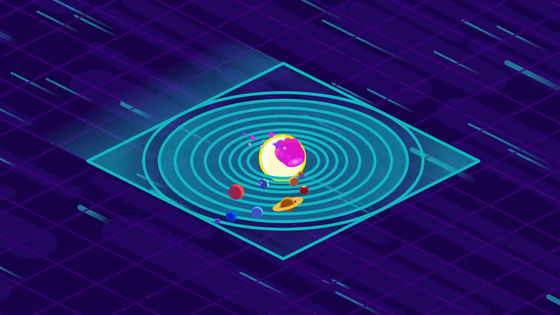
There are multiple ideas for stellar engines, but there are roughly two ideas that can be explained by existing physics.

One of them is the 'Shkadov Thruster', the simplest stellar engine. The Skadov Thruster can be simply described as a 'propulsion device using a super-large mirror'.

Skadov thrusters operate on a similar principle to existing fuel rockets. Photons
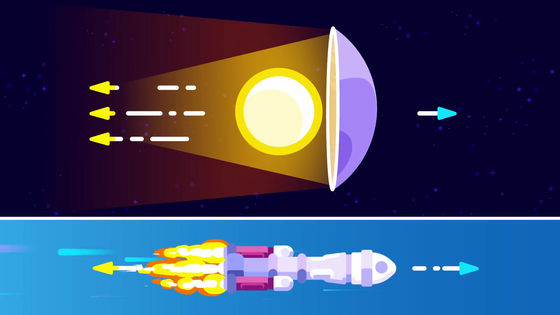
Because the sun emits many photons, Skadov thrusters that use it can generate more momentum than flashlights.

The basic principle of Skadov thrusters is that they move the sun slowly in one direction by reflecting half of the solar radiation.
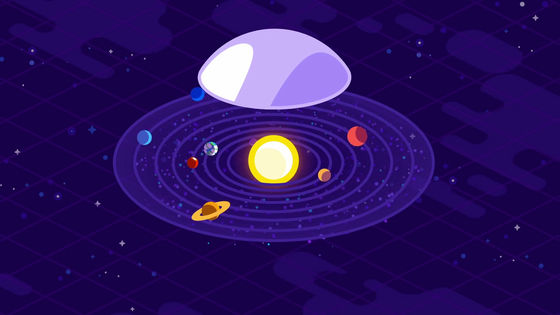
In order to realize the Skadov Thruster, it is necessary to create a 'mirror that can be fixed in a fixed position without going around the sun'. The gravity of the sun generates an attractive force that draws a mirror that reflects solar radiation, but the radiation pressure acts as a force that tries to pull the entire mirror away from the sun.

In order to fix the mirror at a certain distance from the sun using this force, the mirror covering one half of the sun needs to be very lightweight, and even light materials such as aluminum alloys have a
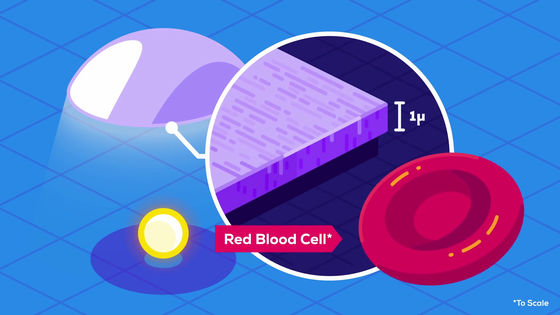
And the shape of the mirror that covers the sun is also important. Skadov thrusters do not function properly because wrapping the sun in a giant spherical shell shines on the sun and raises the temperature of the sun, causing many problems.

Then, what kind of shape is ideal is like a parabolic antenna. With this shape, it is possible to maximize the use of photons due to solar radiation as thrust.
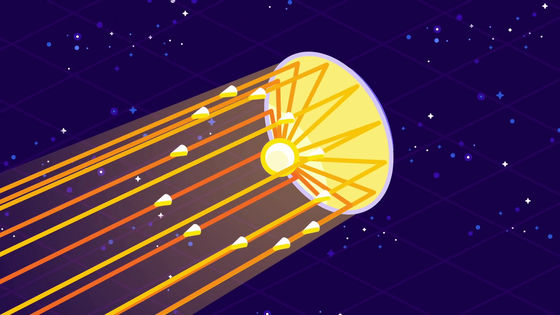
As a result of installing Skadov thrusters, you may be concerned that the amount of sunlight falling on the earth will change, causing all of the ice on the ground to melt or the ice age to come. Taking these factors into account, the safest place to install the Skadov thruster is the 'sun's pole'.
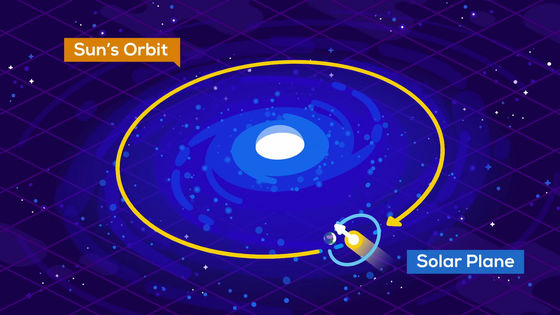
Since there are only two poles in the Sun, safe operation of the Skadov Thruster means that the solar system can only move in one direction. In addition, it seems that such a Skadov thruster with a functional defect can be created relatively easily for a civilization that can create a

In the case of Skadov Thruster, it can move only about 100 light years in 230 million years, so it seems that it is not fast enough to avoid a supernova explosion.
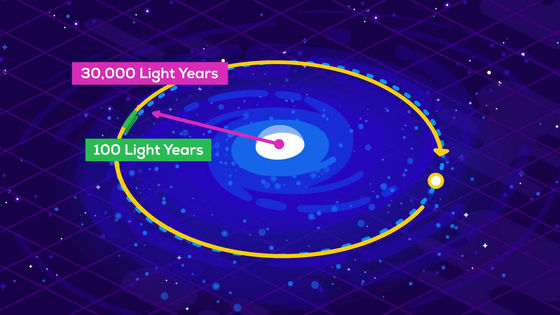
Then came the idea for the second stellar engine. 'Kapran Thruster' is introduced by Kurzgesagt as a stellar engine faster than Skadov Thruster.

The mechanism is the same as a conventional disposable rocket. This is a large space station-type platform equipped with the Dyson sphere, which collects matter from the sun and uses it as fuel, and uses the energy generated by nuclear fusion as thrust. Kaplan Thruster jets particles at a very high speed, '1% of the light emitted from the solar system', and pulls the sun to travel through space.

To realize Kaplan Thruster, a large amount of fuel is required. The required fuel is on the order of several million tons per second.

To collect such a huge amount of fuel, Kaplan Thruster uses electromagnetic fields to take hydrogen (H) and helium (He) from the
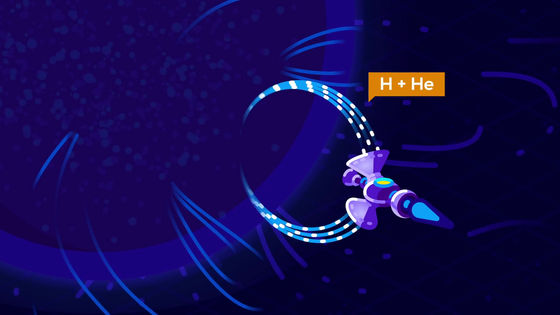
However, hydrogen and helium, which can be taken in from the solar wind, are not sufficient as fuels, and this is where the Dyson sphere comes into play. Using the power of the Dyson sphere, the sunlight is concentrated on one point on the surface of the sun, and only that point is heated extremely. It collects billions of tons of solar surface mass lifted by heating, separates it into hydrogen and helium, and uses it as energy.
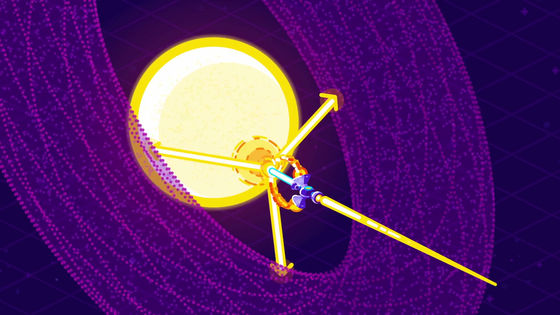
The large amount of helium collected is burned in Kaplan Thruster's thermonuclear fusion reactor. A jet of radioactive oxygen at a temperature close to 1 billion degrees is used as the main thrust of Kaplan thrusters.
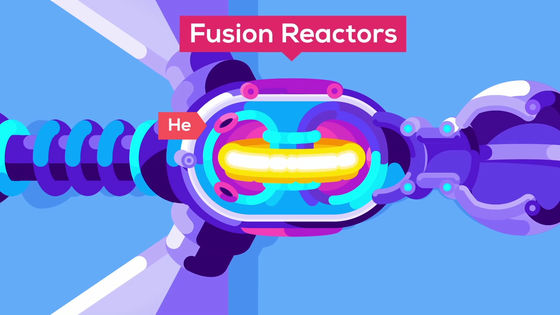
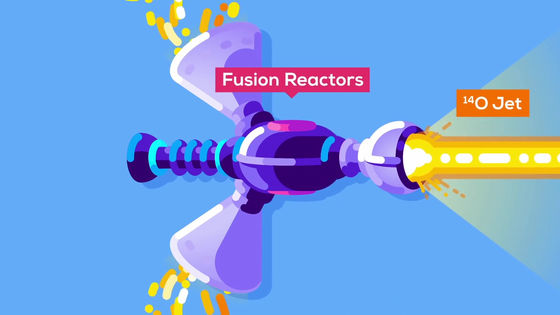
However, in the case of Kaplan thrusters, the distance from the sun must be kept constant to prevent the thrusters from plunging into the sun.
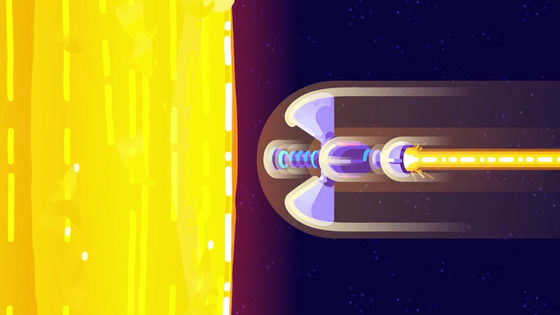
Therefore, a particle accelerator is installed on the opposite side of Kaplan Thruster's helium-fueled thermonuclear fusion reactor. By accelerating hydrogen with this particle accelerator and jetting it toward the sun, the distance between the sun and the thruster is maintained.
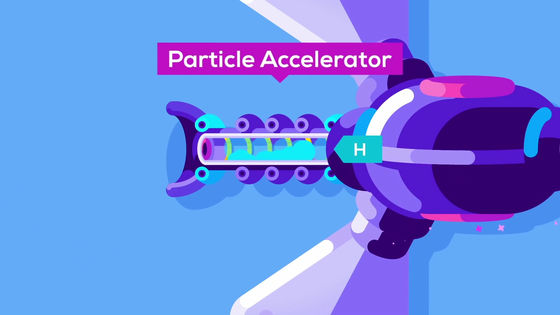

In the case of Kaplan Thruster, theoretically, it can travel as much as 50 light-years across the solar system in just one million years. This is too fast to avoid a supernova explosion.
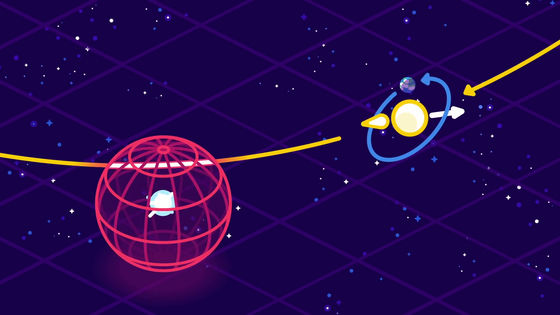
However, there is a risk that this method will eventually exhaust the mass of the sun. Fortunately, the mass of the Sun is enormous, and even billions of tonnes can hurt the surface of the Sun a bit.

Also, stars with lower mass burn slower, so if the sun itself is used as fuel, the burning speed of the sun itself will decrease, and the life of the sun itself will be prolonged.
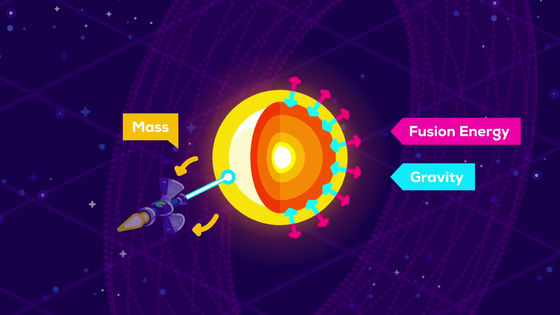
Kaplan Thruster can transform the solar system itself into a spaceship, so it may be possible to travel to another galaxy in the entire solar system.

Once the stellar engine is completed, it will be possible to extend its range of activity in space using the sun, which is known to die some day. That way, one day, human life may be able to continue to prosper in space even if the sun's life runs out.

Related Posts:







